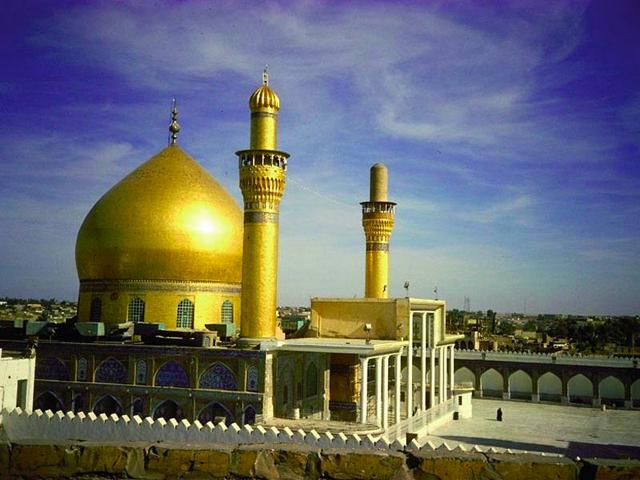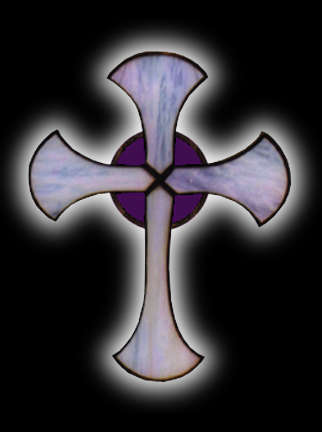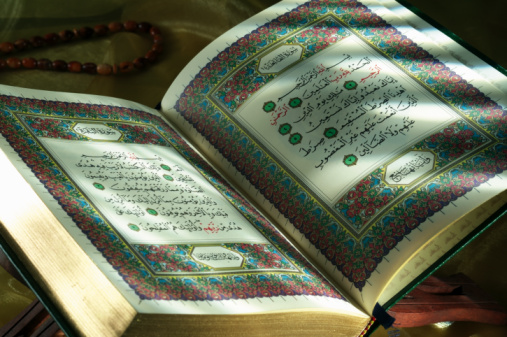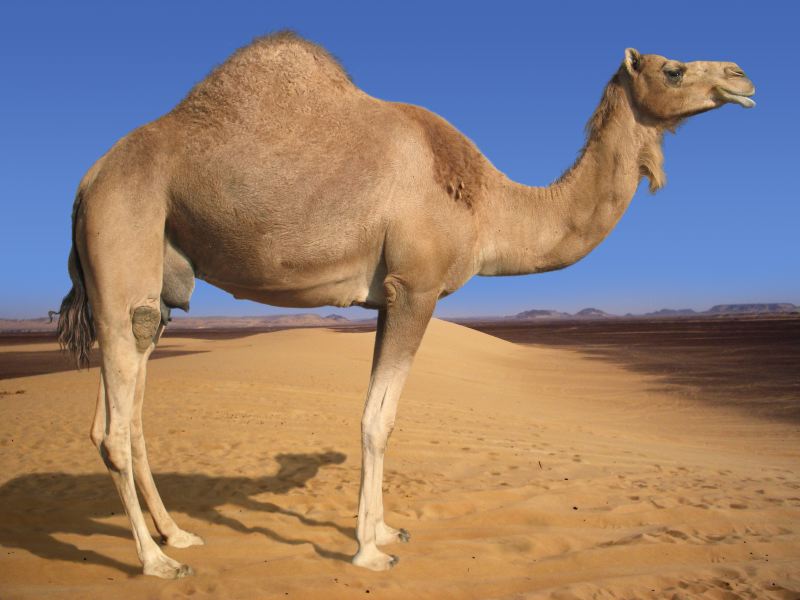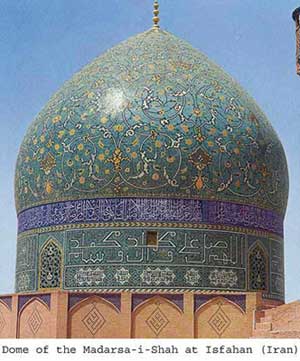the many many similarities and differences of Rome and Islam


The Roman and Islamic Empires were similar and different in many political ways, and an example of this would be how their governments functioned. “The Romans decided to base their government largely on the will of the people.”(pg. 48) This decision helped the government prosper and the rulers were not as harsh as they were before the republic began. The government was also then led by the people and represented the citizens of the Roman Empire. In the Islamic Empire, however, the Muslims “found guidance on how to live their lives in two primary sources, the Qur’an and the Sunnah.” (pg. 94) The leaders of Islam rules by their religion and therefore based their rules and regulations on Muhammad’s teachings. The two governments were also similar because of the way they ruled. Both governments ruled with the people’s consent and had sufficient rulers who did not rule with a harsh hand. The Roman and Islamic Empires were very important because they contibuted much to the political world.
The Romans and Muslims were also very similar and a little different in economics because of their trading techniques. Roman traders, as well as Muslim traders used bodies of water to spread their goods and trade with others. “The nearby Tiber River enabled the Romans to engage in a busy and prosperous trade network throughout Italy, and later through the Mediterranean Sea.”(pg. 47) This shows the Romans were able to trade through various trade routes that gave them a wide range of countries to trade good with. Their trading processes also gave them opportunities to socialize with neighboring kingdom/empire’s citizens. “The Arabian peninsula was also well situated for trade.” (pg. 87) The Arabian Peninsula was surrounded by bodies of water, including the Mediterranean Sea, Red Sea, the Arabian Sea, and the Persian Gulf. Furthermore, these bodies of water affected the trade of Islam. The empire used these bodies of water to connect themselves with other empires. The Roman and Muslim Empires reasons for trade were different. In the two cultures, trading held different places of importance. “Trade was also important in cultural exchange. Merchants carried information, as well as products.” (pg. 88) This could have also led to spread of popular religions throughout the continent as well as the world. The trade of cultural exchange in Islam could have also led to the increase in population in the Islamic Empire, although a lot of the religion was spread by the empire gaining land and giving easier lives to Muslims, with things such as lower taxes and such. Trading in the Roman and Islamic empires was a very big factor for gaining wealth and food.
Not only were the Roman and Islamic Empires similar in political and economic ways, but also in technological matters. The two empires’ architecture was similar, for the most part, but they were also different in a couple of ways. “Roman architecture used many vaults, arches, and domes.” (pg. ) These tools of architecture were used in some of the greatest architecture of times, including some modern structures, such as the White House and the Capitol Building. The Islamic architecture was also very similar to the Roman architecture because of its arches, columns, and domes. In the Islamic world, this architecture led to the mosques and therefore people were able to pray to Allah and follow their religion. The architecture in Islam also helped people in their region build beautiful buildings. These buildings might have also made the Islamic world more colorful and religious, in a way. The two cultures’ architecture was also used in different ways. Romans didn’t only use architecture for buildings and churches, but also used it as technology. “Aqueducts, bridge like structures designed to bring fresh water into cities and towns,”(pg. 69) were made up of arches and columns. The aqueducts of Rome were important to not only the Roman Empire, but also to the rest of the world, and through them so was architecture. Meanwhile, in Islam, architecture was only used for religious places, such as mosques, and government buildings. Although these religious buildings have had an influence on today’s churches and temples, they weren’t used for many other things. Rome and Islam’s way of using architecture has long been very useful throughout the world, very much like how their religions are still followed.
All in all, the Roman and Islamic Empires had a lot in common and many things that were different. Their ways of ruling, trading techniques, and architecture were closely related, but in the end, both empires contributed a lot to today’s world of politics, economics, and technology.



